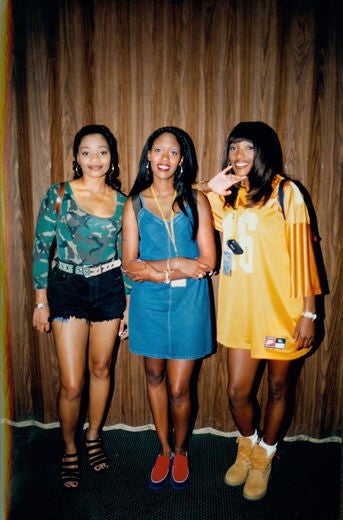
Early next morning, when the road construction caterpillar and tip trucks came rumbling along dangerously close to them, they realised they were camped in the middle of a road under construction.

One, retold in the book was about Celia’s first field trip to see banksias in their natural setting when the party pitched their tents in the middle of the night. The paper she chooses, the light source by which she paints, are also carefully considered.Īs I was reading some of the stories Carolyn related, especially about one or two field trips, I could almost hear Celia’s characteristic chuckle – sometimes a mischievous chuckle – which more often than not burst into a full blown laugh. She explains how Celia uses the same attention to detail to select her tools of trade, the paints and colours – I know there is at least one colour she uses, the name of which she holds close to her chest, I could only disclose it at the risk of pain of death. She enlightens us about the challenges Celia had in capturing the beauty of mosses and banksias while ensuring the illustration of these is scientifically accurate, the attention to detail applied by Celia in choosing her specimens and ensuring the accuracy of her representations, her use of field sketches, numerous tracings and colour roughs.

She has deftly woven her into a broad tapestry of the discovery and history of Australia after British settlement, the history and development of botanical art, the major players in this area and the social changes in Australia.

Those of us who know Celia see her in the pages of this biography and those who don’t, but love her work, will grow to know the person and to appreciate even more her genius as one of the great botanical artists and the only one to have painted a whole genus. CAROLYN Landon has captured Celia Rosser to a tee – her growth as a person, the ups and downs she has confronted, her development as a botanical artist, her love of storytelling and her sense of humour and infectious laugh.


 0 kommentar(er)
0 kommentar(er)
